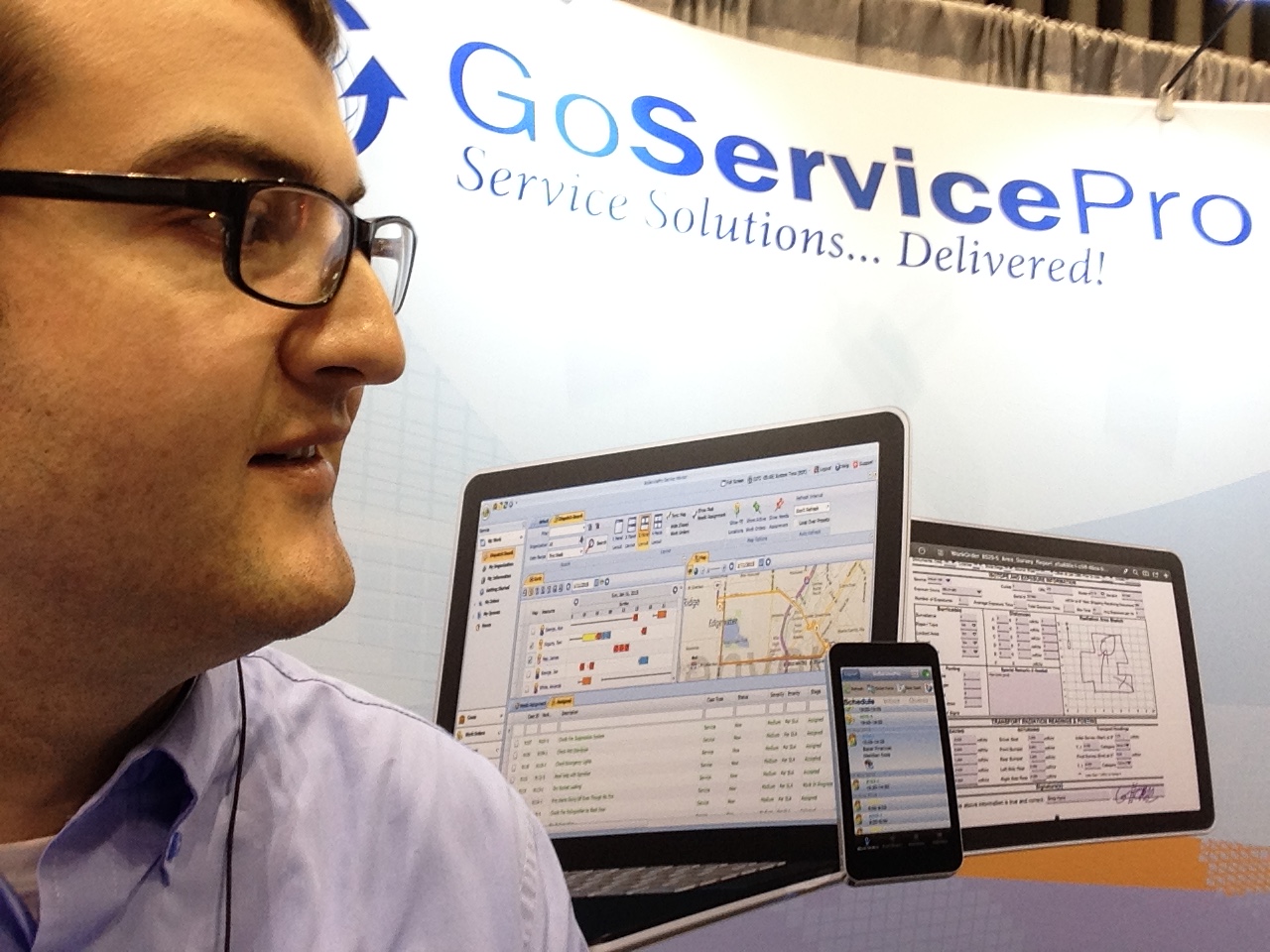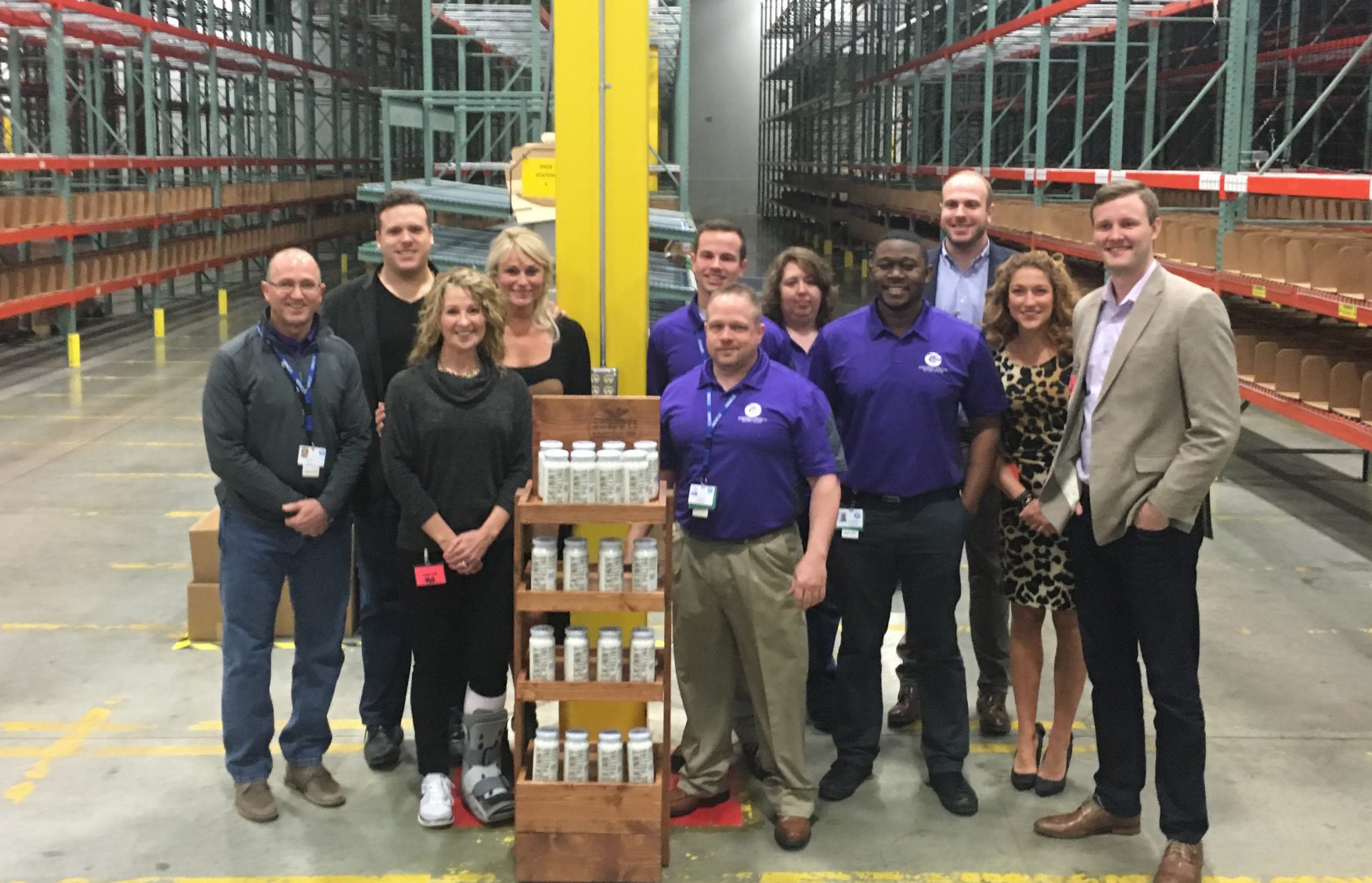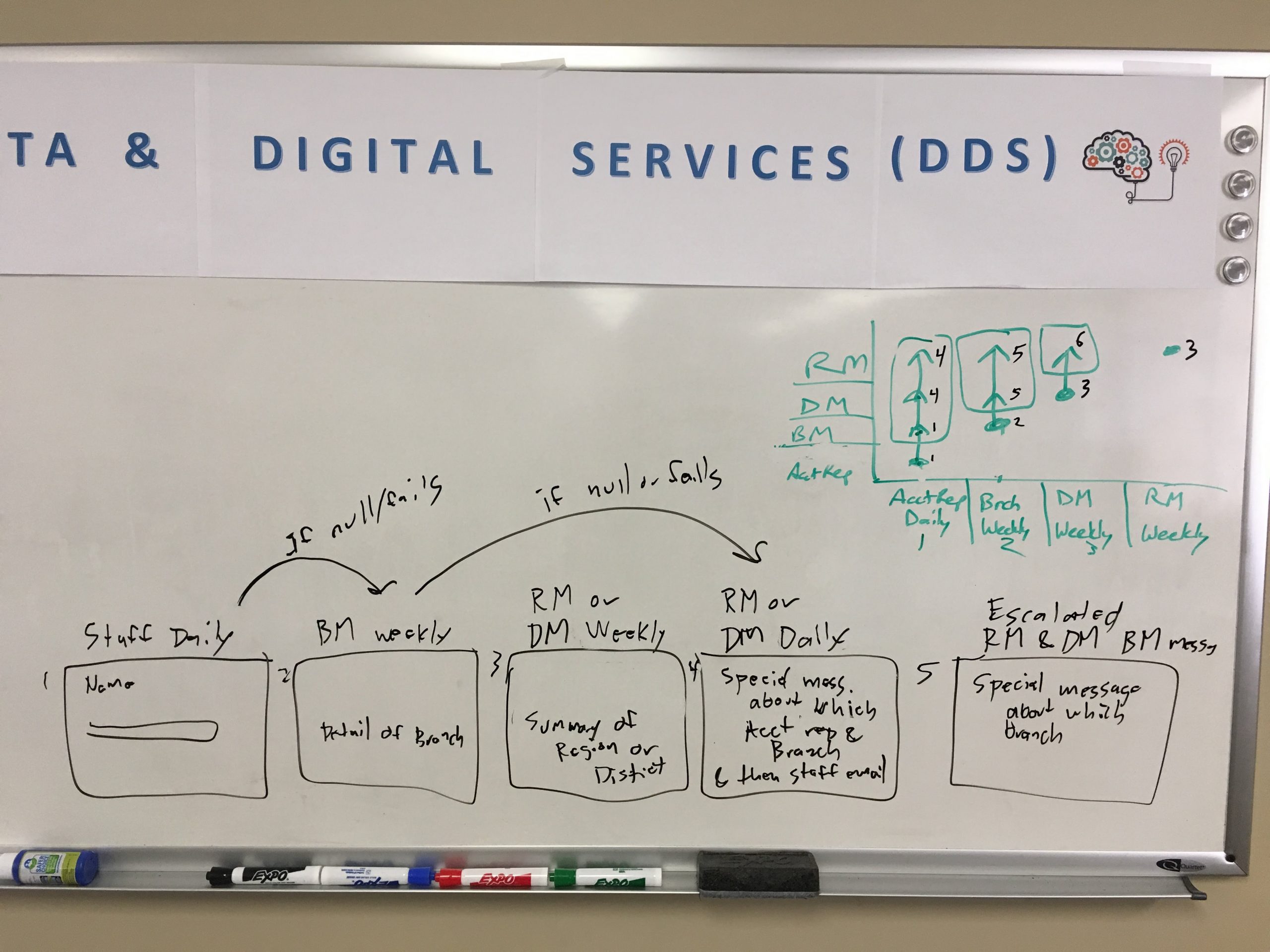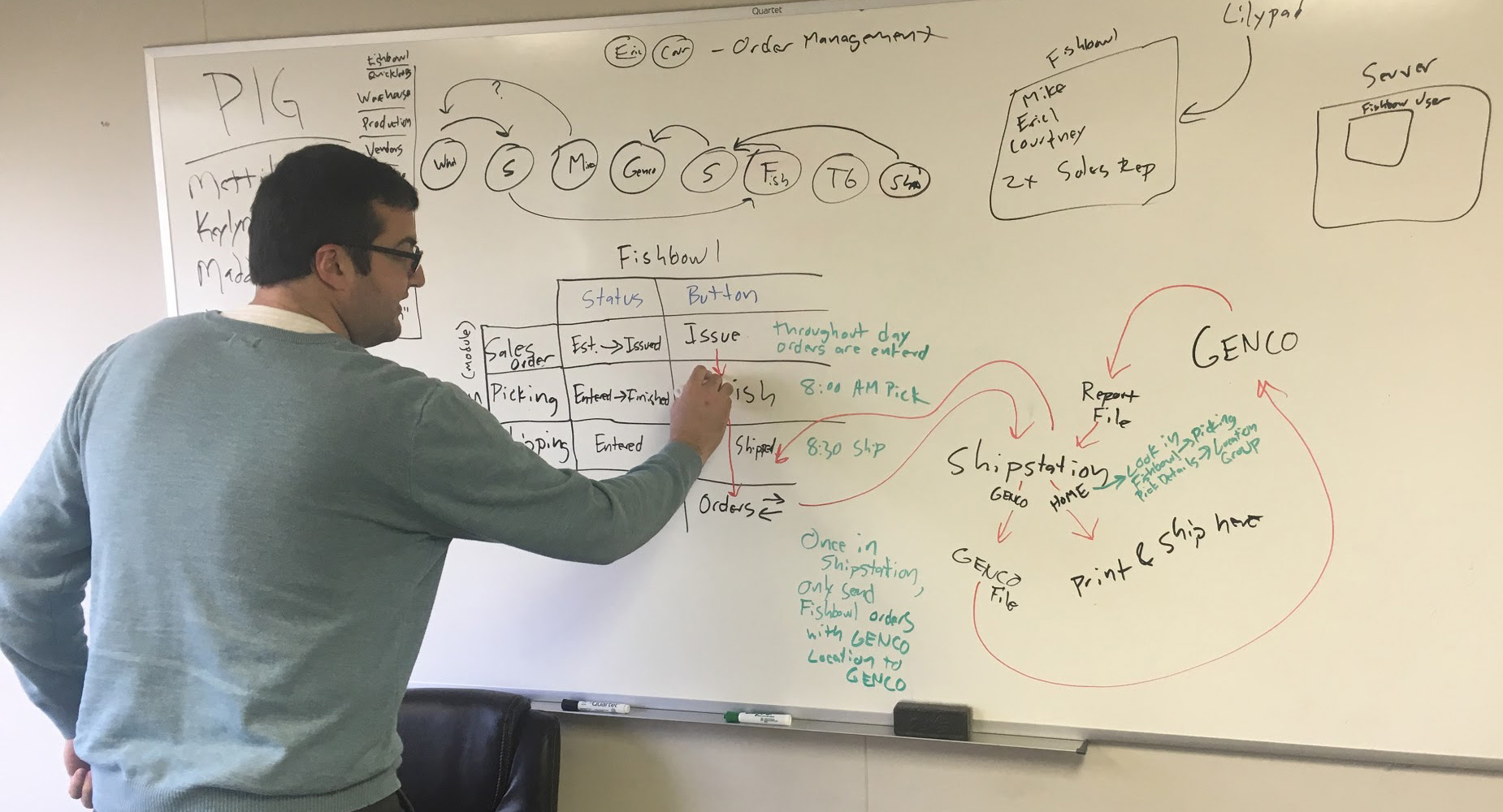In today’s fast-paced digital landscape, staying ahead means harnessing the right technology and applying it strategically. I’m Erich Stauffer, an AI-driven eCommerce consultant, Shopify expert, and marketing strategist. Over the past two decades, I’ve helped businesses navigate complex challenges in IT, marketing, and eCommerce. Now, I’m combining that experience with artificial intelligence to deliver solutions that drive real results.
Why AI Matters for Online Retail
Artificial intelligence and machine learning aren’t just buzzwords anymore. They’ve become essential tools for businesses that want to compete at scale. Here’s why embracing AI is a game-changer:
- Data-Backed Decisions – Traditional marketing tactics rely on intuition and fragmented data. AI changes that by analyzing vast datasets—past sales, customer behavior, traffic sources, and more—and turning them into clear insights. When you understand who your customers really are and what they want, you stop guessing. You start making decisions based on evidence.
- Automation to Save Time and Money – Managing product catalogs, synchronizing inventory, and keeping your store updated can eat up hours each week. AI-powered automation tackles repetitive tasks—updating stock levels, pushing new product launches, and even tagging items correctly—so you and your team can focus on higher-value work. Automation isn’t about removing people; it’s about freeing them from tedious tasks.
- Personalization That Converts – Generic email blasts and one-size-fits-all landing pages won’t cut it anymore. Personalization elevates the shopping experience by showing customers products they’re most likely to buy, at the moment they’re ready to buy. AI-driven segmentation and recommendation engines turn your site into a personalized storefront that adapts to each visitor in real time. The result is higher click-through rates, more cart completions, and ultimately, increased revenue.
My Approach: Clarity, Collaboration, and Action
I get asked all the time what sets my services apart. Here’s the short answer: I don’t just deliver recommendations—I provide clear, step-by-step guidance to implement them. Whether you’re launching a new product or optimizing an existing store, my approach follows three principles:
- Diagnose the Core Issue – Every business has unique challenges. Instead of applying generic solutions, I start by mapping out your current workflows, data sources, and pain points. Do inventory counts take days? Are your marketing campaigns underperforming? We get specific about what needs to change.
- Design AI-Enhanced Processes – Once we’ve identified the bottlenecks, I architect solutions that leverage AI where it matters most. For example, we might implement a predictive pricing model that adjusts product prices automatically based on competitor moves and seasonal demand. Or we could set up a machine-learning algorithm to forecast inventory needs so you never run out of best-sellers—or overstock items that don’t sell.
- Implement with Precision – Ideas mean nothing without execution. I work alongside your in-house team (or serve as your team, if needed) to integrate AI tools, configure Shopify apps, and set up automated workflows. I provide documentation, training, and hands-on support so your team can maintain and adapt these solutions on their own. No vague recommendations—everything is delivered with clear instructions, timelines, and measurable milestones.
Key Services I Offer
- Data-Backed eCommerce Marketing Strategies – By combining historical sales data from Shopify with website analytics, I build machine-learning models to segment customers and predict their lifetime value. You’ll know exactly which segments to target, which channels drive the best ROI, and which products to promote at any given time.
- Automated Product Management & Inventory Workflows – From syncing inventory across sales channels to dynamically adjusting stock levels, I implement AI-powered inventory tools that reduce stockouts and overstock situations. This ensures that you maximize sales without tying up capital in excess inventory.
- Personalized Customer Experiences – Using recommendation engines and predictive analytics, I help Shopify stores present personalized product recommendations, dynamic landing pages, and targeted email campaigns. This level of personalization leads to higher conversion rates, better customer retention, and increased average order values.
- Chatbots & AI Customer Support – Customer questions don’t follow a 9-to-5 schedule. AI chatbots can handle routine inquiries—order status, shipping questions, simple troubleshooting—so your support team can focus on complex issues. I’ll configure chatbot platforms that integrate seamlessly with Shopify and your CRM, ensuring every customer interaction is smooth and productive.
- Predictive Analytics for Pricing & Promotions – Setting sale prices, running promotions, and discounting products can be a guessing game. I build predictive pricing models that analyze competitor pricing, seasonal demand curves, and historical sales performance. This approach lets you set strategic prices and run promotions that drive urgency without eroding margins.
Why Work with Me
- Two Decades of Experience – I’ve seen the evolution of eCommerce from early storefronts to modern AI-powered platforms. I know what works, what doesn’t, and how to avoid common pitfalls.
- Integrated Skill Set – As a former product manager and business analyst, I bridge technical implementation and business strategy. You get solutions that are not just technically sound but also aligned with your overall goals.
- Straightforward Communication – No fluff. I tell it like it is. If something won’t work or if it’s not cost-effective, I’ll say so. At the same time, I give clear, encouraging guidance on how to move forward.
- Forward-Thinking Mindset – AI is not a one-and-done solution. It evolves. I stay on top of the latest advancements to ensure your store remains competitive in the years ahead.
Let’s Take Your Store to the Next Level
If you’re ready to stop guessing and start growing with data-backed, AI-driven strategies, let’s talk. Whether you need to overhaul your Shopify store, implement intelligent automation, or launch a cutting-edge marketing campaign, I’ll help you map out a pragmatic, forward-looking plan. Contact me to schedule a free discovery call. Let’s build the future of your eCommerce business—together.
















